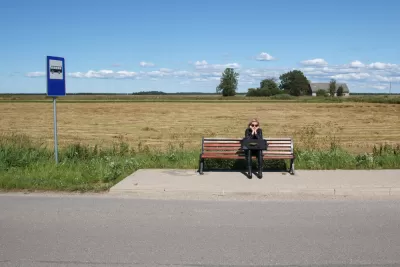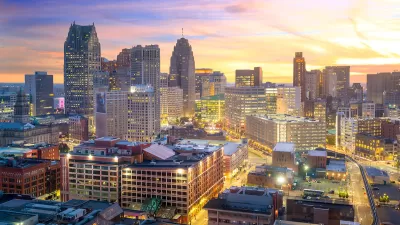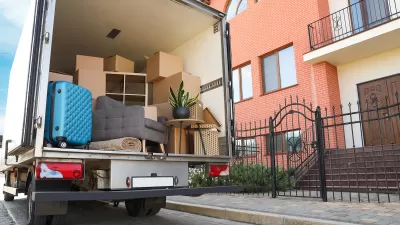The U.S. Census Bureau raised the bar for communities to qualify as urban areas.

A change in definition by the U.S. Census Bureau has reclassified nearly 1,000 “urban areas” in the United States, defined by the U.S. Census Bureau as “densely developed residential, commercial, and other nonresidential areas.”
According to an announcement on December 29, the Census Bureau has changed the criteria to fit that definition, most notably by raising the minimum population threshold for an urban area from 2,500 to 5,000 or a minimum housing unit threshold of 2,000 housing units.
Other criteria changes include reducing the “jump distance” from 2.5 miles to 1.5 miles (jump distance “is the distance along roads used to connect high-density urban territories surrounded by rural territory,” according to the press release) and no longer distinguishing between urbanized areas and urban clusters.
After the change, urban areas account for 80.0% of the U.S. population, down from 80.7% in 2010, according to the press release. “The rural population — the population in any areas outside of those classified as urban — increased as a percentage of the national population from 19.3% in 2010 to 20.0% in 2020.”
The press release states clearly that shifting population ratios in the country are a result of the change of definition—not a shift of population from urban to rural (though there is some evidence of such a trend in recent years).
The Associated Press provided news coverage of the criteria change. For more information on the population estimates published by the Census in December, see previous Planetizen coverage.
FULL STORY: Nation’s Urban and Rural Populations Shift Following 2020 Census

Alabama: Trump Terminates Settlements for Black Communities Harmed By Raw Sewage
Trump deemed the landmark civil rights agreement “illegal DEI and environmental justice policy.”

Planetizen Federal Action Tracker
A weekly monitor of how Trump’s orders and actions are impacting planners and planning in America.

Why Should We Subsidize Public Transportation?
Many public transit agencies face financial stress due to rising costs, declining fare revenue, and declining subsidies. Transit advocates must provide a strong business case for increasing public transit funding.

Understanding Road Diets
An explainer from Momentum highlights the advantages of reducing vehicle lanes in favor of more bike, transit, and pedestrian infrastructure.

New California Law Regulates Warehouse Pollution
A new law tightens building and emissions regulations for large distribution warehouses to mitigate air pollution and traffic in surrounding communities.

Phoenix Announces Opening Date for Light Rail Extension
The South Central extension will connect South Phoenix to downtown and other major hubs starting on June 7.
Urban Design for Planners 1: Software Tools
This six-course series explores essential urban design concepts using open source software and equips planners with the tools they need to participate fully in the urban design process.
Planning for Universal Design
Learn the tools for implementing Universal Design in planning regulations.
Caltrans
Smith Gee Studio
Institute for Housing and Urban Development Studies (IHS)
City of Grandview
Harvard GSD Executive Education
Toledo-Lucas County Plan Commissions
Salt Lake City
NYU Wagner Graduate School of Public Service





























